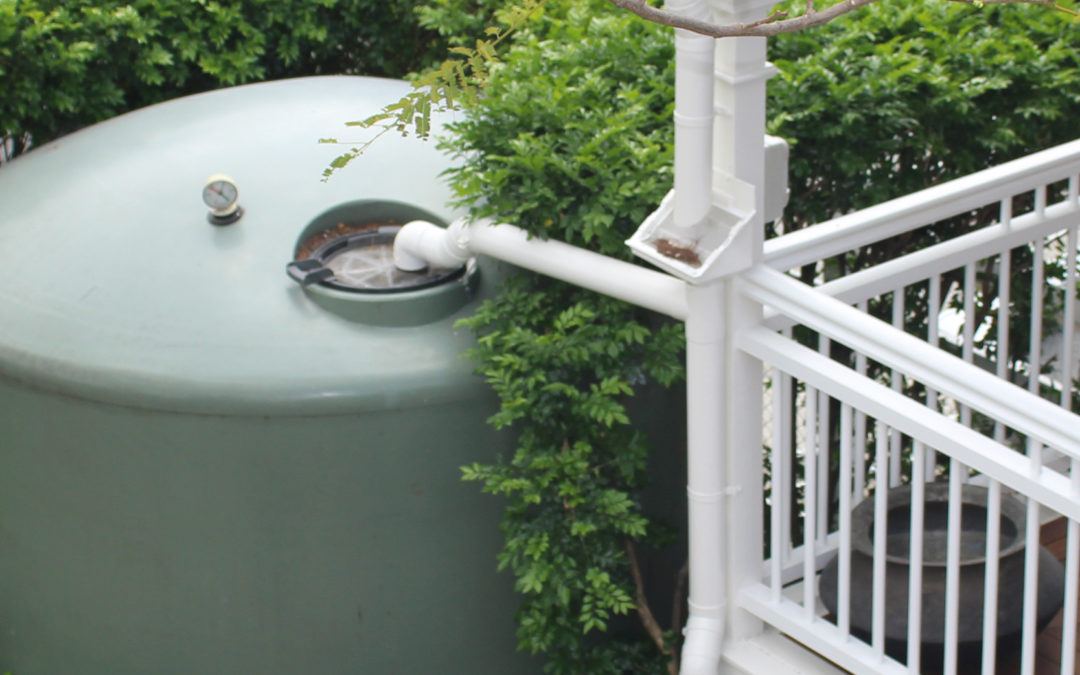Rainwater harvesting is an important practice that can help conserve one of our most valuable resources – water. By capturing and utilising rainwater, we can reduce our reliance on traditional water sources, lower our water bills, and even contribute to reducing the urban heat island effect. However, if you’re considering a rainwater harvesting system for your home or property, it’s important to consider the use of a first flush diverter.
What is a first flush diverter?
A first flush diverter is a simple yet important device that helps ensure the quality of the water you collect. It works by capturing the first flush of rainwater that runs off your roof, which often contains the most contaminants and pollutants. The diverter then diverts this first flush of water away from your storage tank and into a separate holding tank, ensuring that only clean water makes its way into your rainwater storage tank.
Why use a first flush diverter?
The main reason to use a first flush diverter is to improve the quality of the water you collect. When rainwater runs off your roof, it can pick up all sorts of contaminants, including dirt, debris, bird droppings, and even chemicals from roofing materials. By capturing the first flush of water and diverting it away from your storage tank, you can prevent these contaminants from entering your system.
In addition to improving water quality, first flush diverters can also help protect your system and save you money in the long run. When sediment and other contaminants build up in your storage tank, they can cause damage to your pump and other components, leading to costly repairs or replacements. By diverting the first flush of water away from your tank, you can help prevent sediment build up and extend the life of your system.
How to install a first flush diverter
Installing a first flush diverter is a fairly simple process that can be done by most homeowners. The first step is to determine the size of your system and the appropriate size of the diverter. Generally, a first flush diverter should be sized to capture the first 5-10% of rainfall.
You can use our पहला फ्लश कैलकुलेटर to determine the appropriate size of your first flush diverter and the amount of water you need to divert. This tool takes into account your roof size, average rainfall, and pollution level to provide you with accurate results. Additionally, the calculator suggests the best first flush diverter product that suits your needs, ensuring that you are making an informed decision.
Next, you’ll need to install the diverter. The diverter should be positioned so that it can capture the first flush of water that runs off your roof, and then divert it. Once the diverter is in place, you’ll need to connect it to your rainwater storage tank using appropriate piping. It’s important to ensure that the diverter is properly sealed to prevent any contamination from entering your system.
If you’re considering a rainwater harvesting system for your home or property, a first flush diverter is an essential component that can help ensure the quality and longevity of your system. By diverting the first flush of water away from your storage tank, you can prevent sediment build up and other contaminants from entering your system, improving water quality and saving you money in the long run. Installing a first flush diverter is a simple process that can be done by most homeowners, and it’s an important step in ensuring the success of your rainwater harvesting system.

